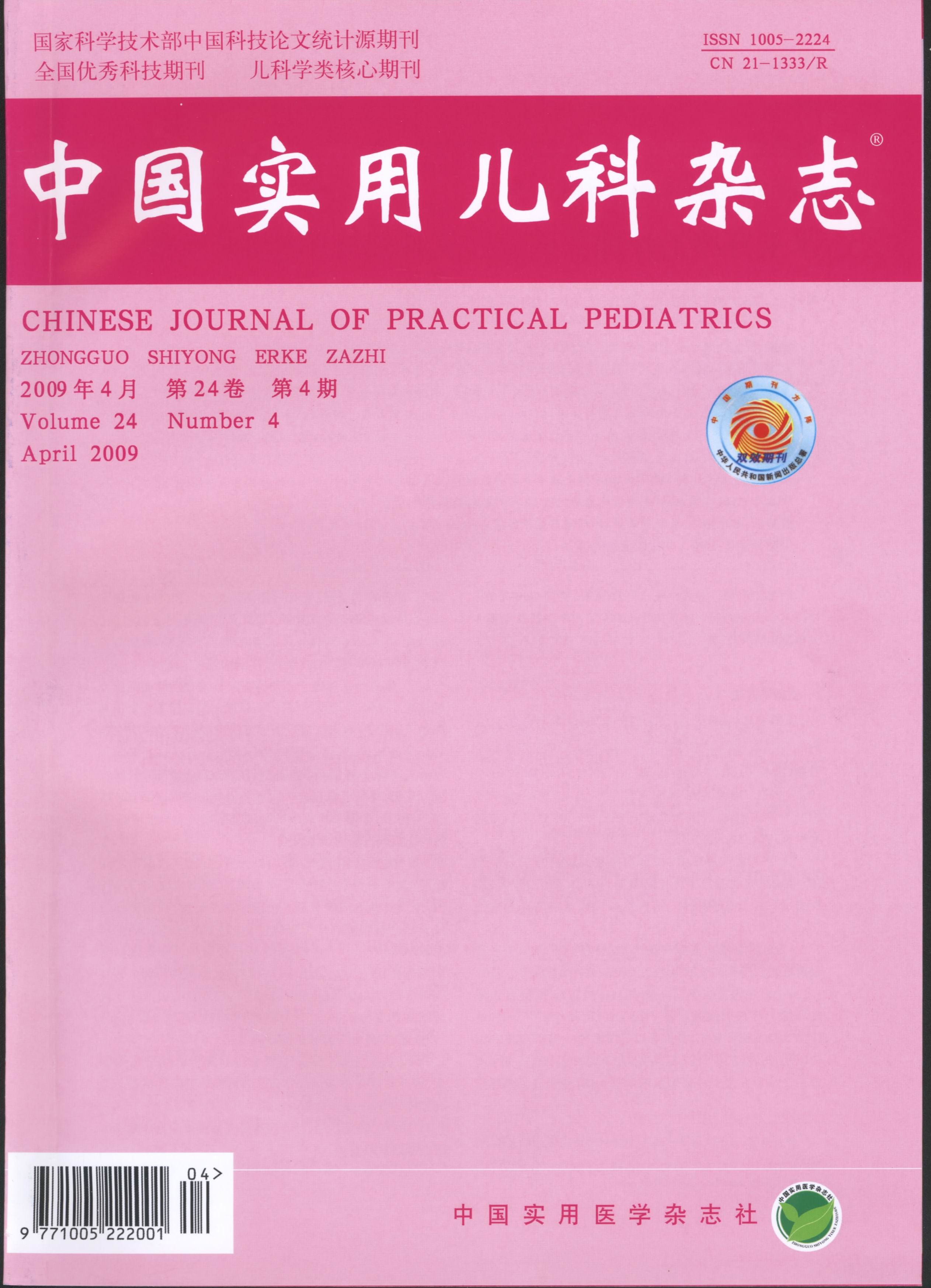A case-control study on family environment factors in attention-deficit hyperactivity disorder with learning disabilities. ZHANG Yue-bing*,LUO Xue-rong,LIU Xia,DING Jun,GUAN Bing-qing,YUAN Xiu-hong,YE Hai-sen,YANG Wei,NING Zhi-jun,WEI Zhen. *Mental Health Institute,Second Xiangya Hospital,Central South University,Changsha 410011,China
Abstract:Objective To further explore the characteristics of family rearing pattern in ADHD with learning disabilities(LD). Methods From Sep. to Dec. 2005,a total of 9495 children and their parents were sampled at random in Hunan province using two-stage investigation. Those who were diagnosed with ADHD with LD and the normal control filled out Egna Minnen av Barndoms Uppfostran (EMBU) and family adaptability and cohesion scale (FACESII—CV) by themselves. Results The parents’ punishments,rejection,excessive intervention,excessive protection and preference of ADHD with LD were lower than the normal children(P < 0.05). The actual family cohesion,ideal family cohesion, actual family adaptation,ideal family adaptation and affectionate warmth of ADHD with LD were lower than the normal children(P < 0.05 or P < 0.01). Conclusion There are some problems in the parental rearing pattern of ADHD with learning disabilities. It is important to avoid bad rearing pattern and find effective interventions.

